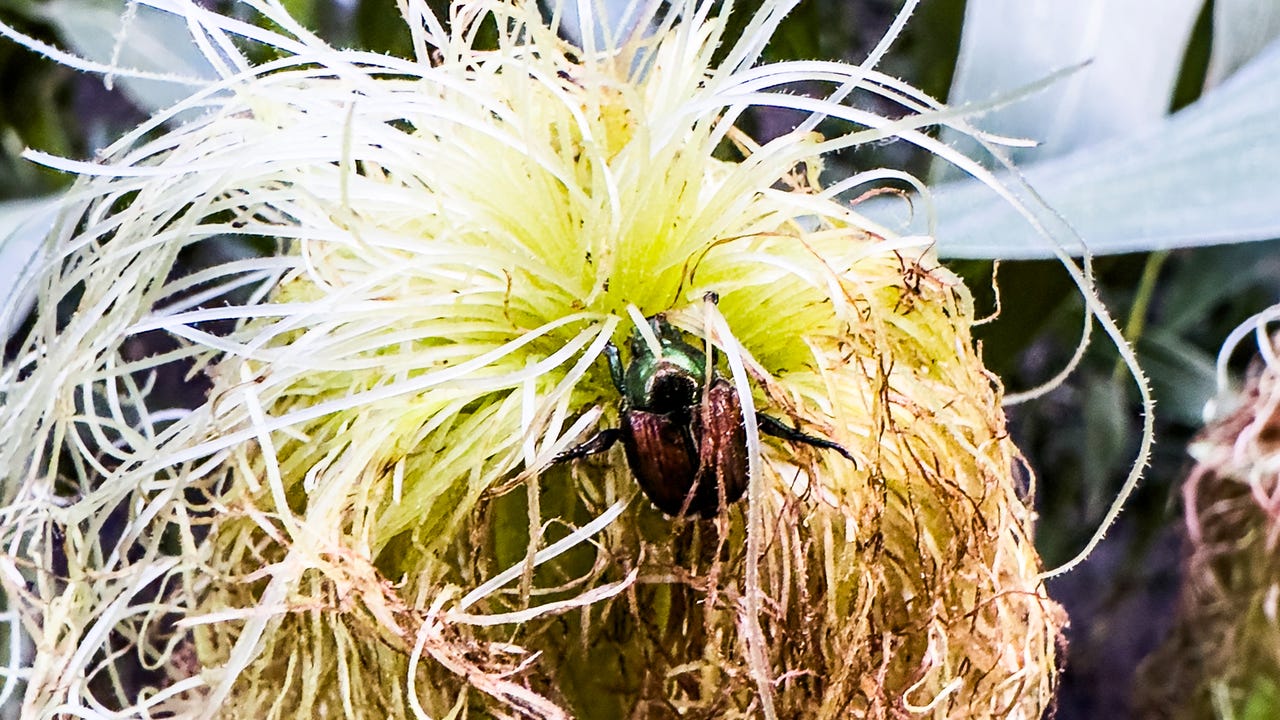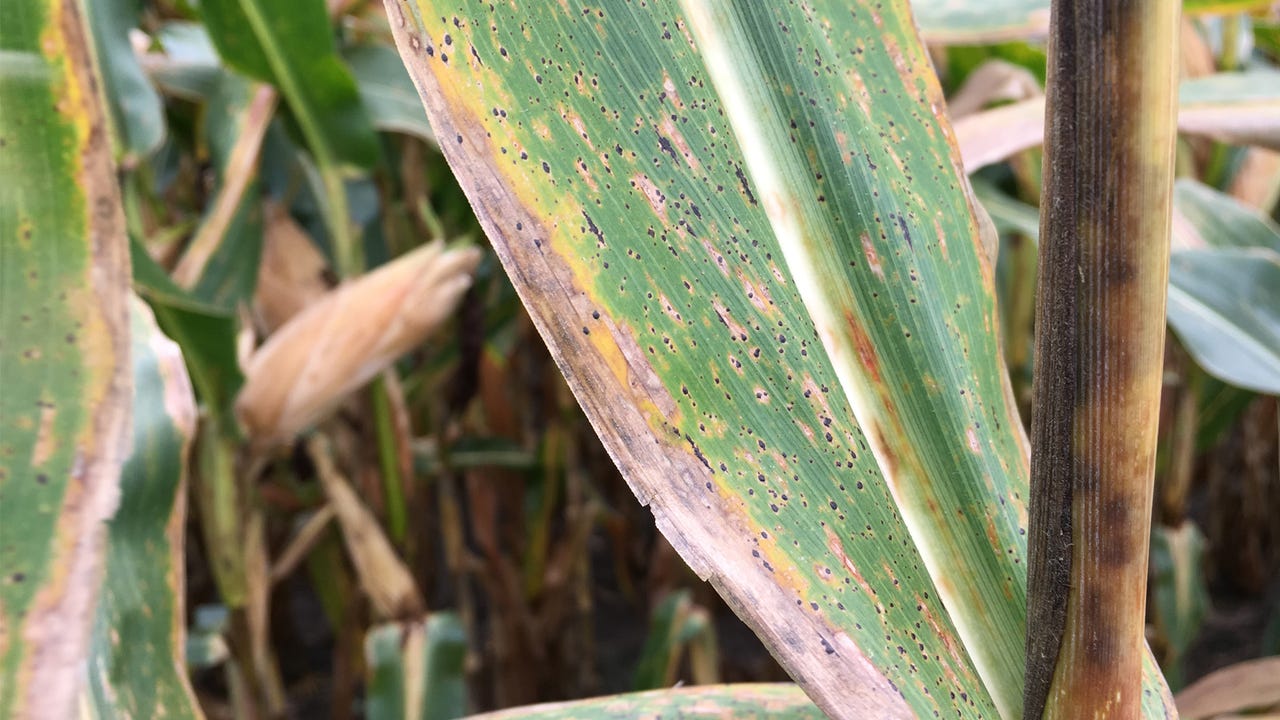Crops were faring well in the eight north-central Iowa counties that Angie Rieck-Hinz covers as an Iowa State University Extension agronomist.
That was before prolific late June rain fell in many areas.
“That put us over the top on rainfall, so, obviously, we are losing a lot of nitrogen,” she says. “Our corn is yellowing up pretty quickly in some places. That’s not only because of a lack of nitrogen, but because it's just been sitting in water so long with lack of oxygen. Those two things usually go hand in hand.”
Up until then, a phenomenal-looking crop was on its way, Rieck-Hinz says.
“Now, with all that water, things are going backwards pretty quickly in those corn and bean fields,” she says. “We've obviously lost crop in those potholes and stuff like that, but hopefully we can dry it out, and the rest of that crop can get some good oxygen in the roots and continue to grow in this heat that we're getting.”
Late-season nitrogen applications are an option. Modern hybrids use more N later in the growing season than older hybrids. At R5 — a growth stage in which kernels are beginning to dent — 40% to 45% of a corn kernel’s dry matter is still accumulating, says Andrew Penney, Preceon agronomy lead for Bayer Crop Science.
However, the clock for late-season applications is likely running out.
“We would want to make sure to get that done before R1 (silking). We're limited in application [time] now,” Rieck-Hinz says. Options that are rapidly running out include applying N through a high-clearance machine or flying on urea or environmentally smart nitrogen, a controlled-release nitrogen fertilizer.
Japanese beetles
As of early July, north-central Iowa fields have been fairly quiet in terms of insect pressure.
 BEETLE BLITZ: Japanese beetles that clip silks can hamper pollination. (GIL GULLICKSON)
BEETLE BLITZ: Japanese beetles that clip silks can hamper pollination. (GIL GULLICKSON)
“I've had some phone calls from farmers who are seeing higher numbers of Japanese beetles in cornfields right now, and also in soybean fields,” Rieck-Hinz says. “From a corn perspective, we're going to get defoliation of leaves. It takes a lot of defoliation right to impact a corn plant.”
More disconcerting is the damage Japanese beetles can do when they clip corn silks and impact pollination. ISU thresholds for insecticide treatment of Japanese beetles state all three of the following criteria must be met:
- three or more beetles per ear
- silk clippings less than 1 inch
- pollination is not yet complete
Tar spot
At press time, tar spot had been confirmed in six Iowa counties. However, weather can dent the impact of tar spot. Mean daily temperatures of 64-73 degrees F for 30 days and relative humidity of less than 90% for two to three weeks favor the disease. Temperatures greater than 73 degrees F and extended periods of greater than 90% humidity are not favorable for tar spot development.
 TAR SPOT: This new fungal disease first surfaced in Iowa in mid-June. (FARM PROGRESS)
TAR SPOT: This new fungal disease first surfaced in Iowa in mid-June. (FARM PROGRESS)
In Iowa, the mean daily temperatures in July and August are 76 to 78 degrees F, which considerably slows development of the disease, says Alison Robertson, ISU Extension plant pathologist. If a fungicide is warranted, the best results occur when it is applied from VT (tassel) through R3 (kernel milk stage).